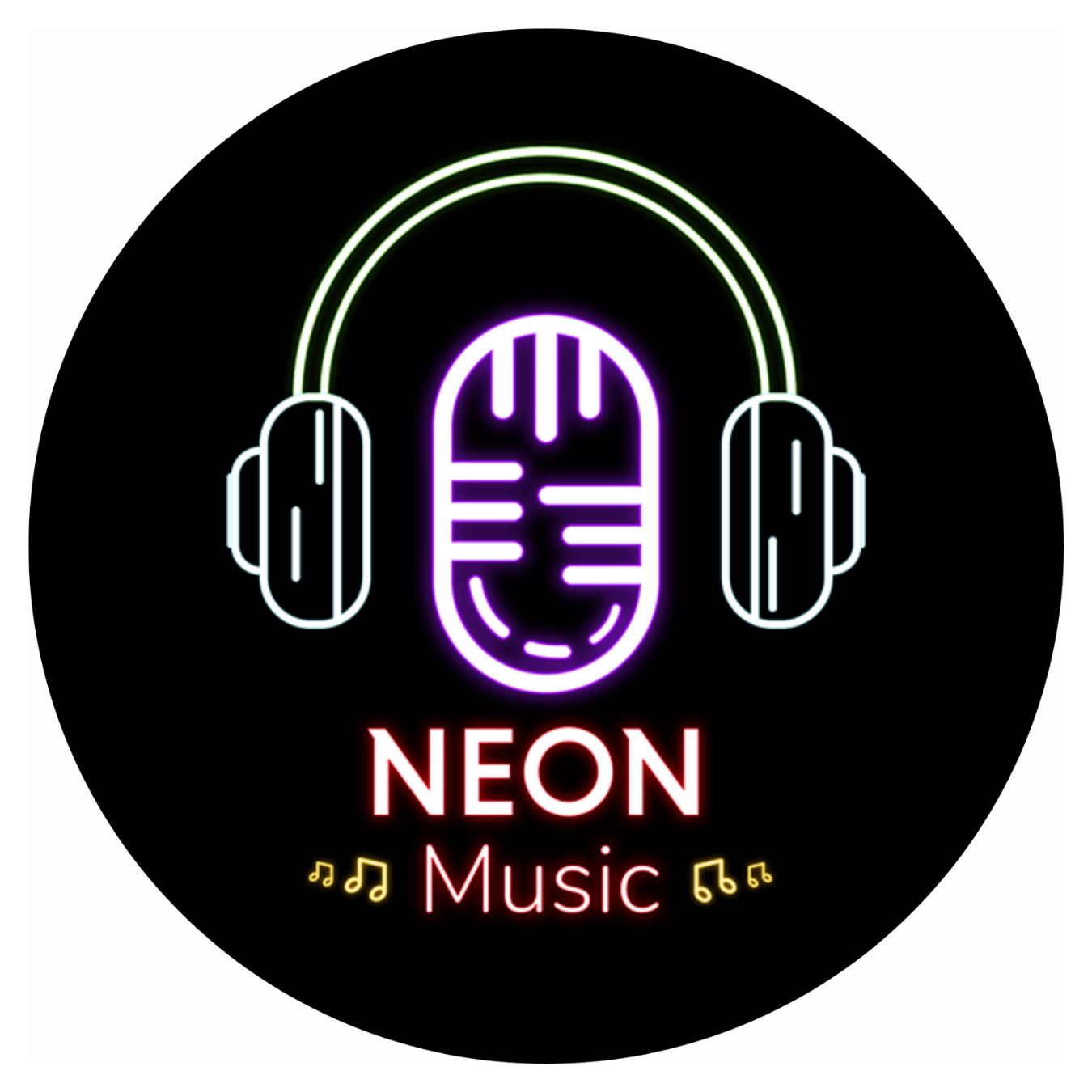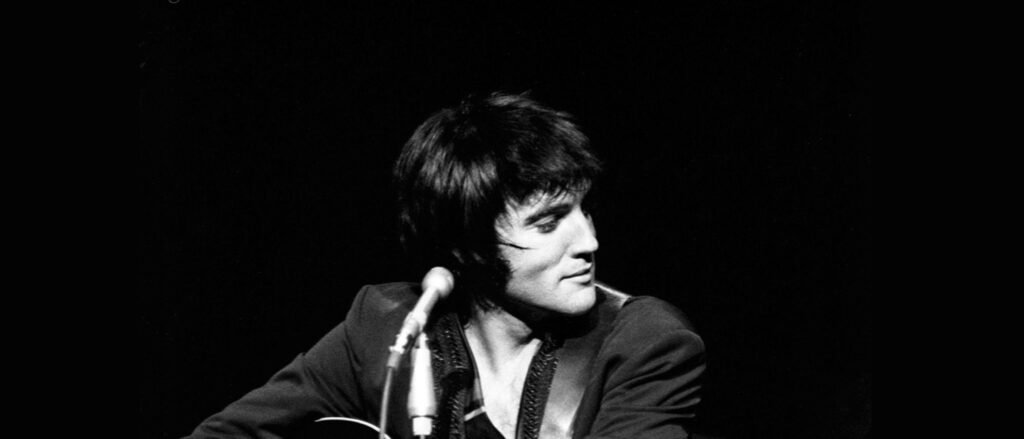Elvis Presley never left the building. Half a century later, his voice still cracks open the quiet of midnight playlists and stadium singalongs.
In 2025, as fans gather at Graceland to mark what would have been his 90th birthday, one question lingers like a half-remembered lyric: How old would Elvis be today? Ninety.
An age that feels impossible for a man forever frozen in our collective imagination, caught between sneer and shake, between rebellion and miracle.
Yet the math doesn’t lie. The King is gone, but the music that refuses to age plays on.
Whether you’re blasting Suspicious Minds in a vintage Cadillac or catching a remix of A Little Less Conversation in a Netflix trailer, his voice hasn’t aged a day.
The fascination is still there, and it’s just not nostalgia.
Elvis Presley’s greatest hits continue to anchor music charts, movie soundtracks, and midnight playlists.
His catalogue has outlived vinyl, cassette, CD, and now digital cycles. Not because it’s preserved in amber, but because it still breathes. Still provokes. Still shakes something loose.
This deep dive doesn’t just list chart-toppers. It steps into the velvet shadow of a man whose every song was a performance, every verse a flicker between love and rebellion.
We trace the evolution from the raw growl of That’s All Right to the gospel highs of How Great Thou Art, from the aching intimacy of Can’t Help Falling in Love to the social bite of In the Ghetto.
Some songs became anthems. Others, spirituals. And a few, like Burning Love, feel like open wounds stitched with rhinestones.
When Elvis first cut That’s All Right at Sun Studio in 1954, there was no master plan. Just a 19-year-old truck driver letting loose in a Memphis booth.
That moment cracked open a new sonic space. The fusion of country, gospel, and rhythm & blues wasn’t entirely new.
What was new was the swagger. The hips. The heat. And the voice that didn’t quite sound white or Black or southern or northern, but all of it at once.
By the time Heartbreak Hotel hit No. 1 on the Billboard chart in 1956, Elvis wasn’t just singing songs.
He was destabilising what American pop stardom looked and sounded like. That same year, Blue Suede Shoes proved rockabilly wasn’t just a novelty. It had teeth.
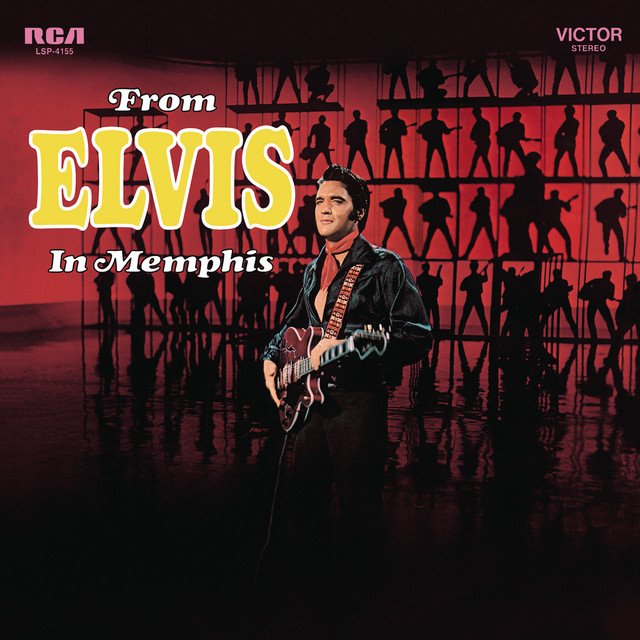
The song’s rebellious charge, originally penned by Carl Perkins, took on new fire when Elvis performed it on national television with that jittery knee and curled lip.
Fans didn’t just hear the music. They felt the panic and possibility it triggered in adults across the country. The momentum didn’t stop.
With Hound Dog, he barked back at critics, wrapping gospel-like call-and-response in something brash and electric.
Don’t Be Cruel followed next, blending doo-wop tenderness with rhythmic strut. Suddenly, girls were fainting. Ministers were protesting.
The American mainstream wasn’t ready, but Elvis didn’t wait for permission.
Then came the ballads. Love Me Tender marked a tonal shift. Here was Elvis slowing down, crooning over strings, selling both romance and restraint.
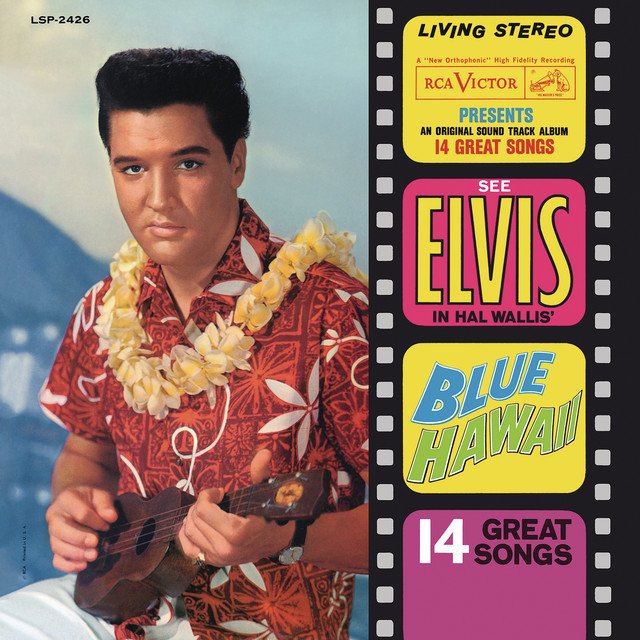
It wasn’t just about breaking rules anymore. It was about breaking hearts.
Tracks like Are You Lonesome Tonight? and Can’t Help Falling in Love followed, soaked in vulnerability, perfect for the slow dance or the heartbreak after.
But by the late 60s, after a string of movie soundtracks and a waning cultural grip, the ’68 Comeback Special changed everything. Black leather. Sweat. Stage lights. Fire.
You can hear it in every raw note of If I Can Dream – this wasn’t just another performance.
Recorded just months after Martin Luther King Jr.’s murder, the song finds Elvis shedding his entertainer persona completely.
That trembling vibrato? The way his voice breaks on ‘I hope’? This was a Southern white man, raised in segregation, finally confronting America’s divisions through the only language he truly mastered.
No calculated PR move, just Presley laying bare his own conflicted soul at a nation’s breaking point.
The same man who once scandalised TV censors was now belting a plea for unity in front of a live audience that could barely breathe.
From there, In the Ghetto sharpened the blade. It was his first real message song, and it landed.
People forget this wasn’t standard pop fare in 1969. Racial injustice, poverty, and violence through the voice of a man who once symbolised sanitised rebellion. The track climbed to the Top 3 on the Hot 100.
That same year, Suspicious Minds reminded fans Elvis still had commercial firepower. The slow burn build-up, the emotional tug-of-war in the lyrics. It felt lived-in, and it was.
It became his final No. 1 during his lifetime and remains one of the most streamed Elvis tracks globally today.
Yet even as Vegas shows turned glitzy and fatigue set in, Elvis returned to the roots that grounded him. Gospel. How Great Thou Art wasn’t a career curveball. It was a spiritual homecoming.
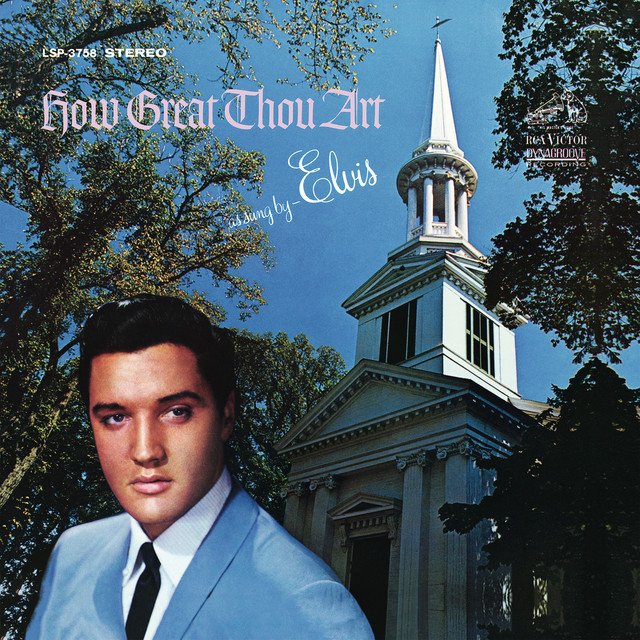
It earned him a Grammy in 1968, one of only three he ever received. Not for Jailhouse Rock, not for Blue Suede Shoes, but for a hymn.
That says everything. Decades on, Crying in the Chapel still finds its way into tribute playlists, You’ll Never Walk Alone into funerals, and Peace in the Valley into Sunday mornings.
Gospel wasn’t a side project. It was part of the engine. Even now, nearly 50 years after his death, his catalogue refuses to sit still.
The question how old would Elvis be today flooded Google around his 90th birthday in January 2025, as fans gathered at Graceland for four days of events, including the “90 for 90” exhibit showcasing rare Presley artifacts.
Meanwhile, his streaming numbers quietly rack up hundreds of millions of plays per year.
Far outpacing many contemporary artists with active TikTok followings.
Elvis remains one of the top-selling solo artists in music history. But numbers can’t explain what happens when Always On My Mind plays late at night.
Or when Jailhouse Rock makes a teenager dance like they invented rhythm. He was, and still is, larger than the metrics.
But maybe the most haunting part of Elvis Presley’s legacy is this.
We’ve never really figured him out. The pelvis shook. The voice soared. The man disappeared. And all we have left are these songs.
Timeless, tangled, and playing louder than ever. So, which track really defines the King? The swagger of Blue Suede Shoes? The ache of Don’t Cry Daddy? Or is it If I Can Dream, the last whisper of hope beneath the rhinestones? You decide.
That’s the thing about Elvis. He doesn’t give answers. He gives you everything else.
You might also like:
- Sing-Along Classics: 50 Songs Everyone Knows by Heart
- Unravelling the Mystique of Fly Me to the Moon Lyrics: From Creation to Space Exploration
- Heart Like A Truck Lyrics Explained: Lainey Wilson’s Journey of Passion and Perseverance
- Top Country Songs 2023: The Ultimate Playlist for Every Country Fan

